
What is Islamic Architecture? Some Fascinating Examples of Islamic Architecture

Islamic architecture is basically depicting Islamic teachings and values in an architectural process that required proper understanding and vision which ultimately leads to making a right intention. Islamic architecture enclosed a wide range of both secular and religious styles from the history of Islam till present. Islamic architecture includes buildings used by Muslims for religious purposes or secular buildings built in a predominately Islamic region. As we all know the most important building type in Islamic architecture is the Mosque which is not only a religious space intended for worship, it is also a place for lively discussion about topics relevant to daily life. Other than Mosques Islamic architecture covers a broad range of mosques, tombs, palaces and forts that we are going to show in this article.
Some Fascinating Examples of Islamic Architecture
Below we will discuss some fascinating examples of Islamic architecture that has breathtaking architectural designs.
- The Blue Mosque (Turkey): The official name of the blue mosque is the Sultan Ahmed Mosque located in Istanbul. The construction of Blue Mosque began in 1609 under the rule of Sultan Ahmed and completed in 1616. The magnificent structure completed with six minarets, eight domes, blue paint, stained glass windows, and a mihrab which is made from finely carved and sculpted marble and over 20,000 handmade tiles.
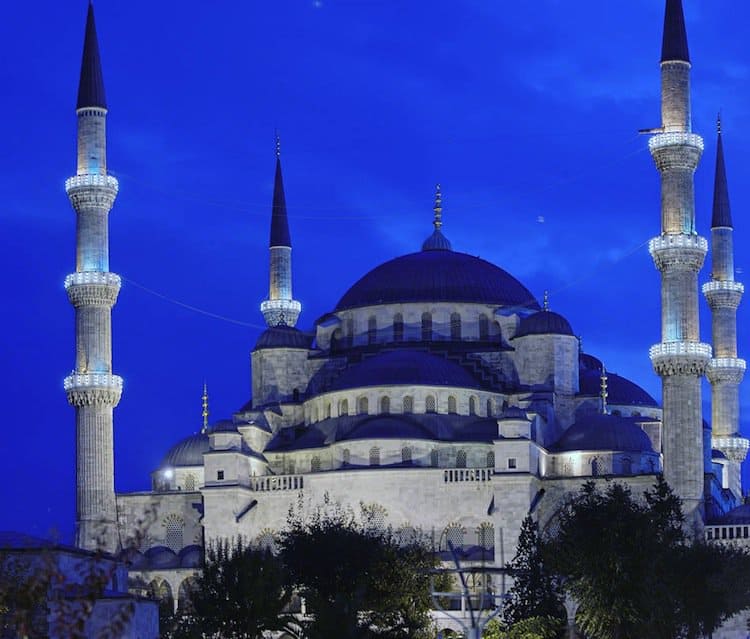
- Dome of the Rock (Jerusalem): The Dome of the Rock is located on the Temple Mount the Old City of Jerusalem. The dome of rock completed by the order of Umayyad Caliph Abdul Malik during the Second Fitna. Its interior is lavishly decorated with mosaic, faience, and marble, while it’s exterior is covered with tiles.
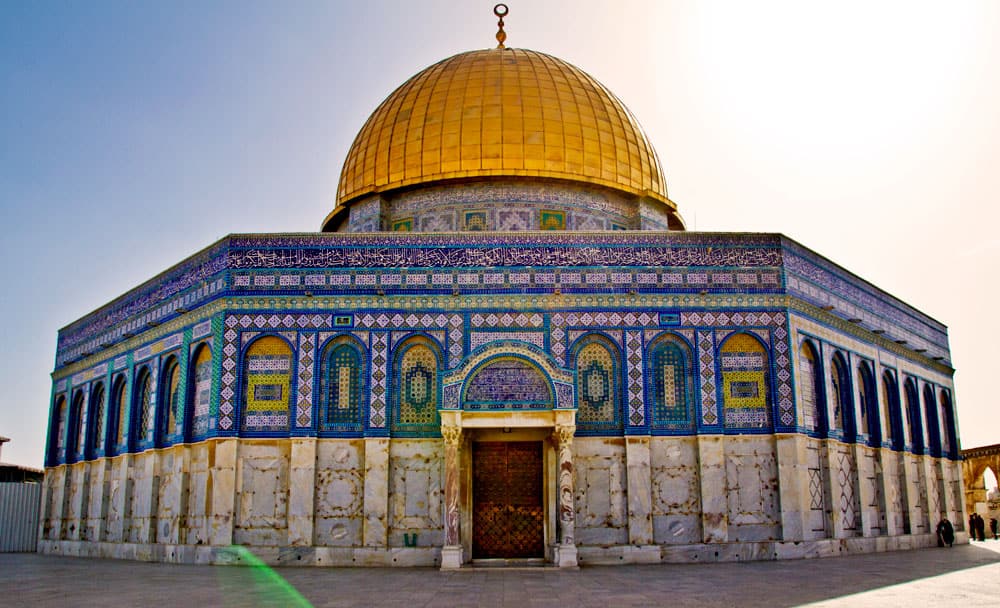
- Great Mosque of Damascus (Damascus): This mosque is also known as the Umayyad Mosque which is one of the largest and oldest mosques in the world. The great mosque of Damascus is considered the fourth holiest place in Islam. Its ground plan is rectangular in shape and its courtyard is enclosed with four exterior walls. This mosque has served as a model for congregational mosque architecture in Syria since its completion.
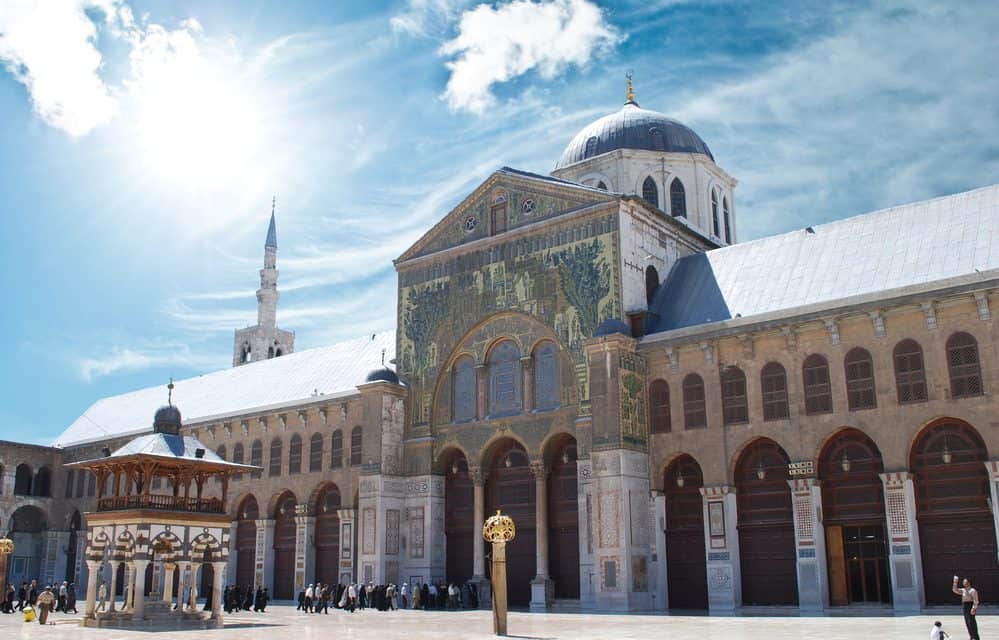
- The Great Mosque of Samarra (Iraq): The Great Mosque of Samarra was built in the 9th century that was completed by Abbasid caliph Al-Mutawakkil. Its most remarkable feature is its minaret, the Malwiya Tower, which is a vast spiraling cone 52 meters high and 33 meters wide. This mosque has 17 aisles and its walls are paneled with mosaics of dark blue glass.
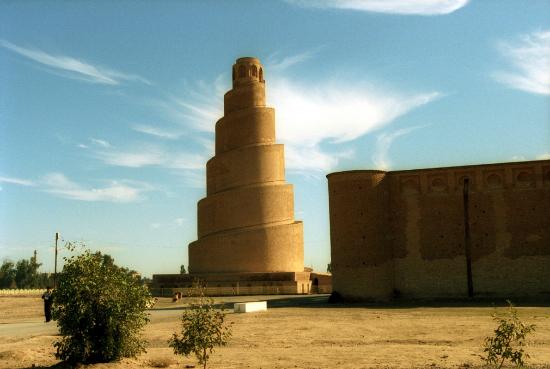
- Tomb of Jahangir (Pakistan): The Tomb of Jahangir is basically made of red stone, marble, and bricks built by Jahangir. It has two massive gateways of stone and masonry opposite each other as well as a platform with a tall, octagonal tower and a projecting entrance in the middle of each side. The ground floor of this tomb also has a square shape.
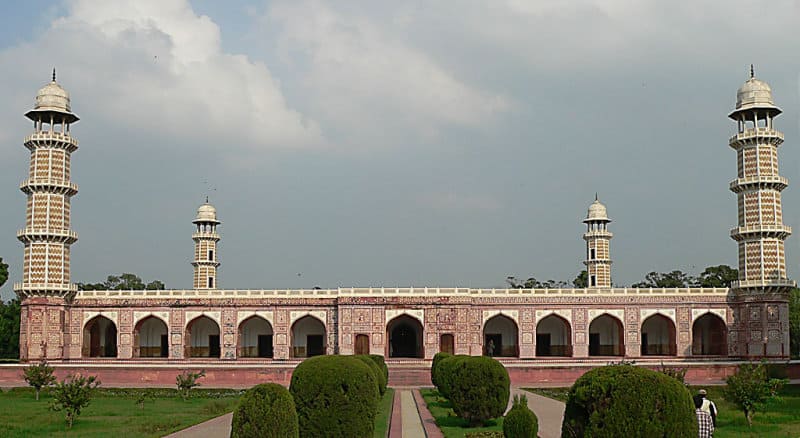
- Great Mosque of Kairouan (Tunisia): The great mosque of Kairouan is also known as the Mosque of Uqba, considered one of the most important mosques in Tunisia. This mosque is one of the oldest places of worship in the Islamic world and is one of the most impressive and largest Islamic monuments in North Africa. It features a hypostyle prayer hall, a marble-paved courtyard, and a square minaret. It was built in 670 A.D.
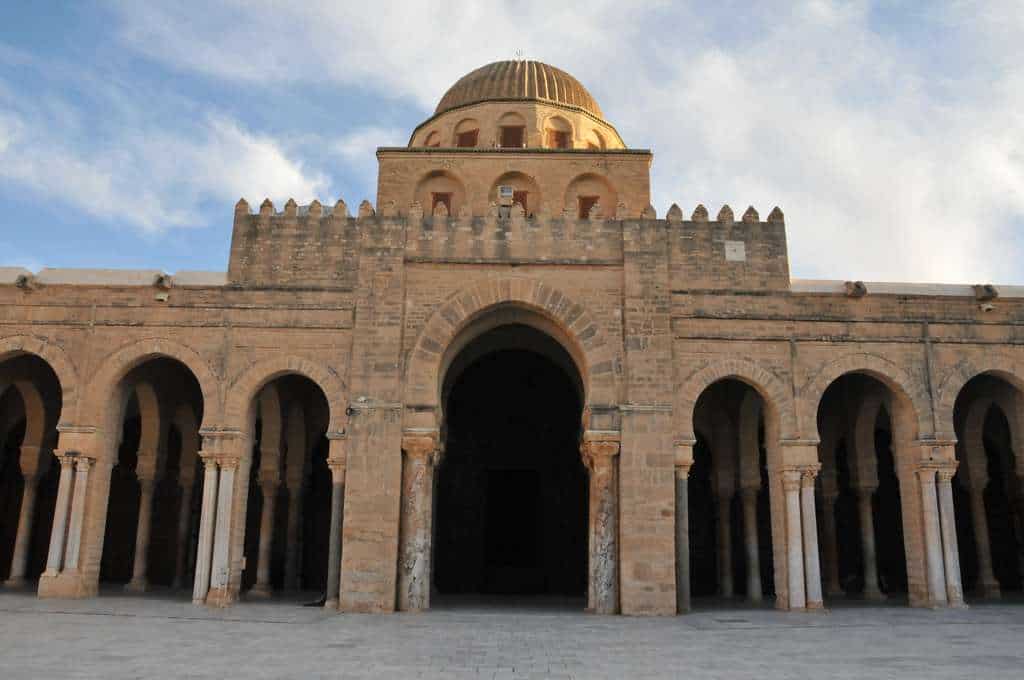
- Nur-Astana Mosque (Kazakhstan): Nur-Astana Mosque is located in the city of Astana in Kazakhstan. The Nur-Astana Mosque is the largest mosque not only in Kazakhstan but in the whole of Central Asia. Its structure is made of glass, concrete, granite and alucobond measures. This mosque has a capacity of 5,000 worshipers and its height symbolizes the age of Prophet Muhammad (SAW) when he began to receive revelations. It was built in 2008.
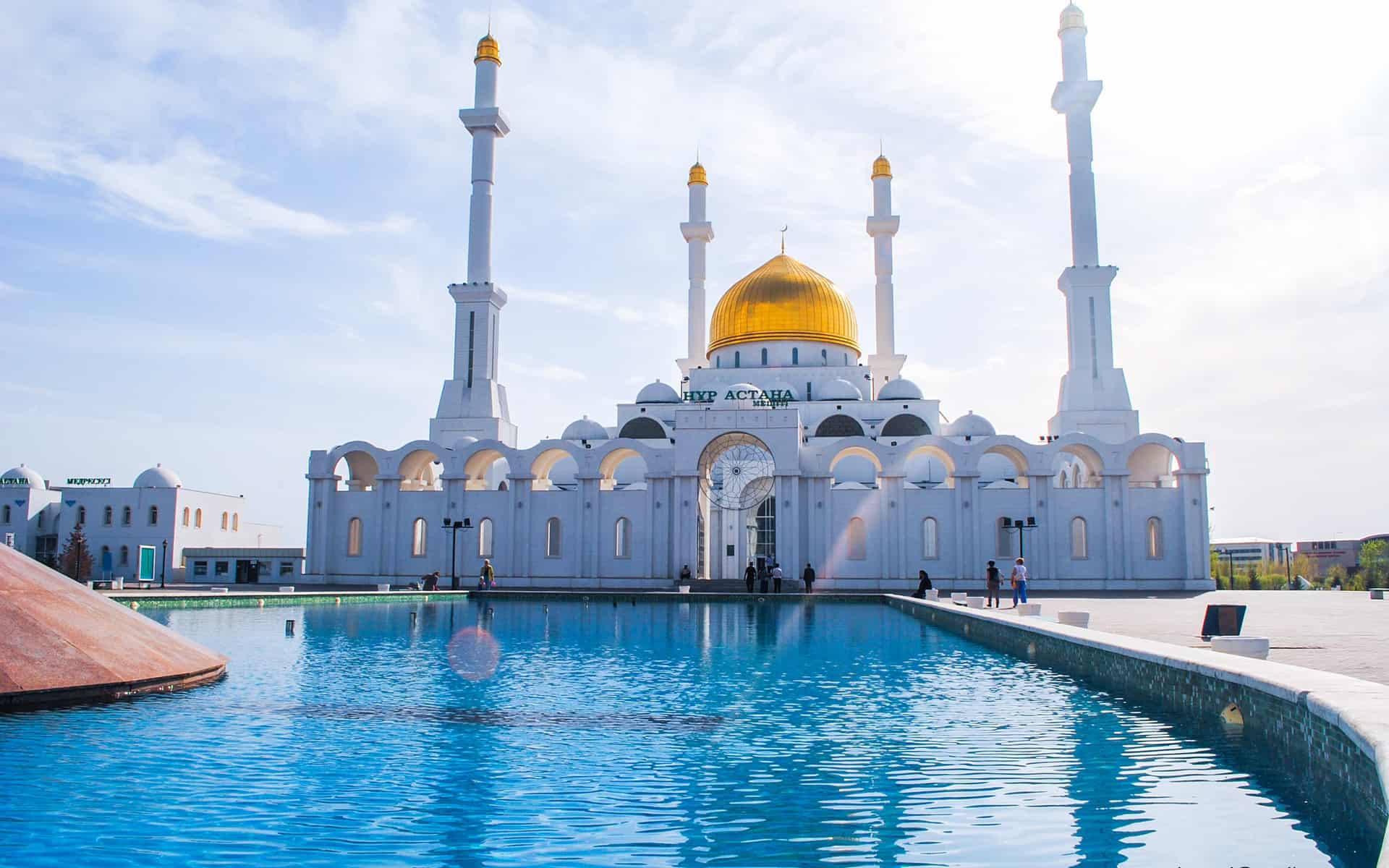
- Suleiman Mosque (Istanbul): Suleiman mosque is an Ottoman imperial mosque that is located on the third Hill of Istanbul. It is one of the best-known tourist attractions in Turkey. Its interior is almost a square, and just like most Islamic mosques, it is preceded by a monumental courtyard. It was specially designed to stand as a Kuliiye or a complex with adjacent structures. Its construction was started in 1550 and completed in 1558.
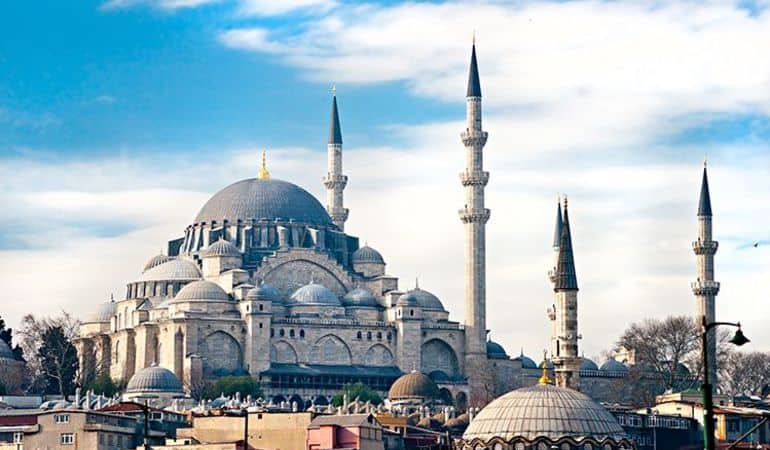
- Al-Azhar Mosque (Egypt): The Al-Azhar Mosque was constructed for the newly established capital city of Egypt Cairo in 970. It was the first mosque to be built in Cairo and was originally designed to be a prayer hall with five halls and a modest courtyard.
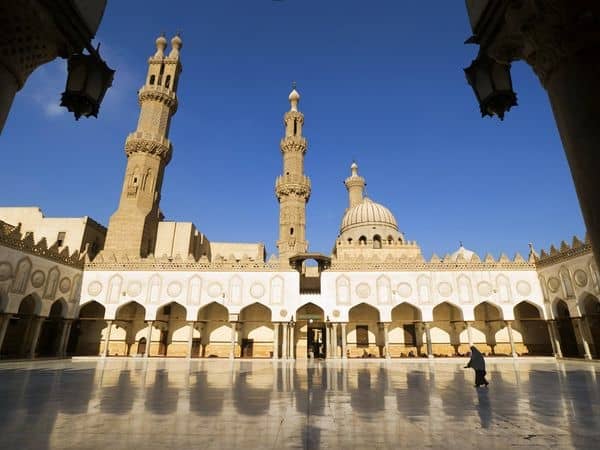
- Shah Mosque (Iran): Shah Mosque is also known as Imam or Jameh Abbasi Mosque that located in the south side of Naghsh-I Jahan Square in Isfahan the city of Iran. It was built during the Safavi period and serves as an excellent example of Islamic architecture. Shah mosque is remarkable for the beauty of its seven-colour mosaic tiles and calligraphic inscriptions.





